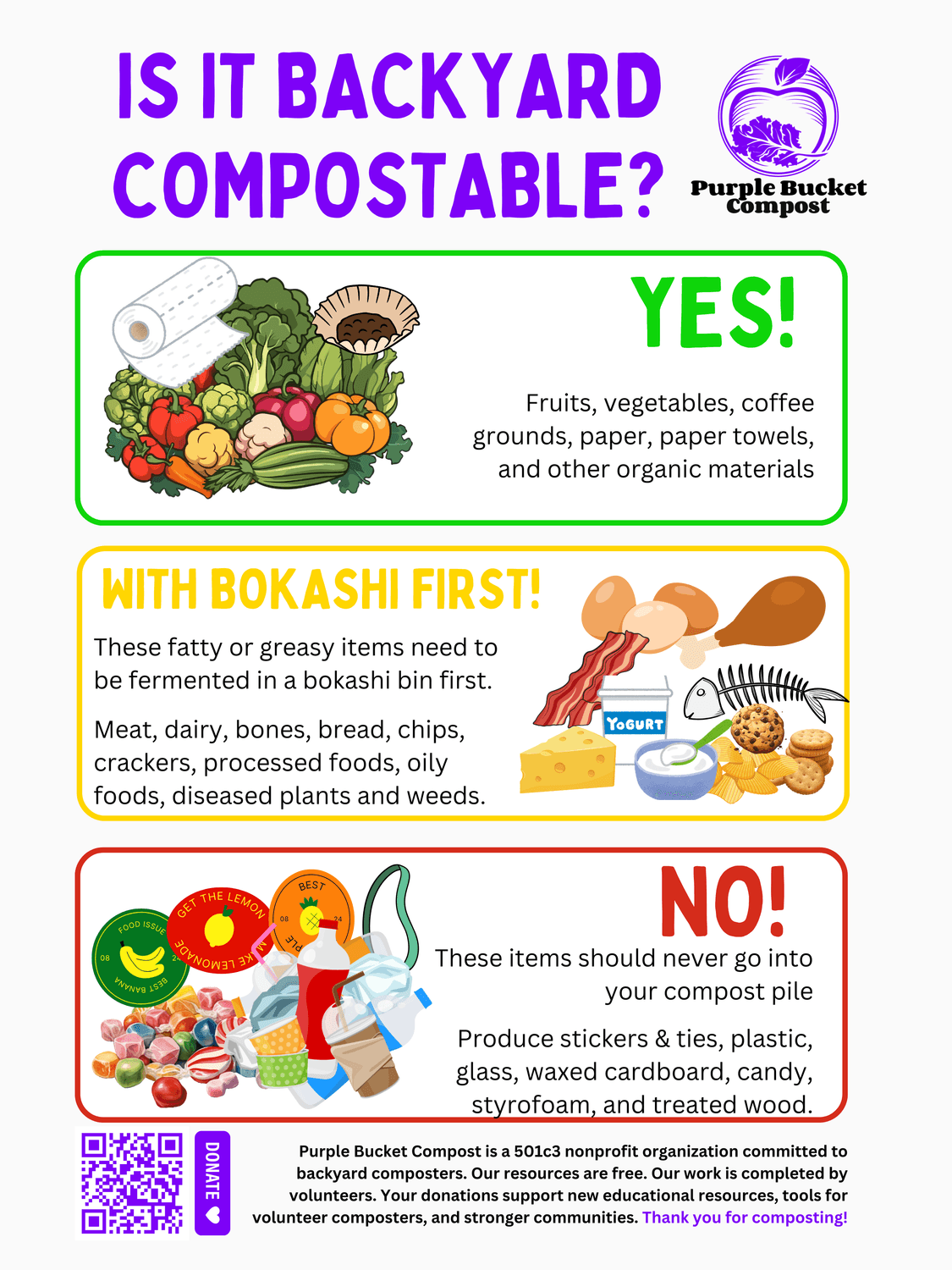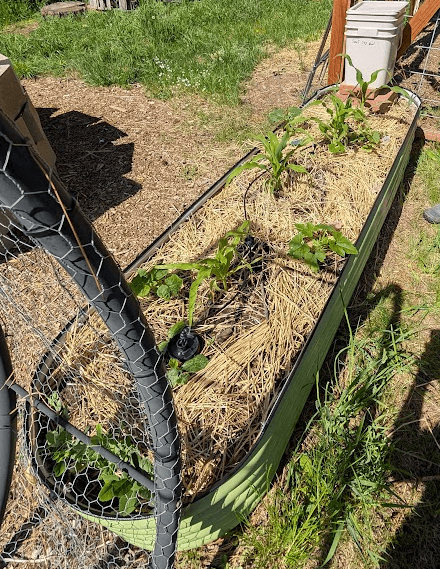Grateful for Long Summer Days!
So grateful for the longer days!
The heat continues, fall crops are going in, and watering needs are rising in the garden. With so much to do in the garden, don't forget to monitor your compost pile's moisture too!
July Gardening in the Rockies: A Mid-Summer Checklist for Zones 4 & 5
July is the heart of the gardening season here in the Rockies. The sun is high, the days are warm, and our gardens are in full production. It's the perfect time to get outside and tend to your plants to ensure they stay healthy and productive through the rest of summer. Here is a simple checklist to keep your Zone 4 or 5 garden thriving this month.
Water with Purpose
The intense July sun can quickly dry out the soil. Water your garden deeply and less frequently, aiming for early morning sessions. This encourages strong, deep root growth and minimizes water loss to evaporation. A thorough soaking every few days is more effective than a light sprinkle daily.
Stay on Top of Weeds
Weeds are at their peak this month, competing with your vegetables and flowers for water and nutrients. Consistent weeding, even just a few minutes each day, prevents them from setting seed and creating more work later. Add pulled weeds (without seed heads) to your compost pile to reclaim those nutrients.
Mulch is Your Best Friend
If you haven't already, apply a generous layer of mulch around your plants. Materials like straw, grass clippings, or shredded leaves help the soil retain that precious moisture, keep roots cool, and suppress weed growth.
Deadhead and Harvest
Encourage your flowers to produce more blooms by deadheading, which is simply snipping off spent blossoms. For your vegetable garden, regular harvesting is key. Picking vegetables as they mature signals the plant to produce more, giving you a continuous supply.
Think Ahead to Fall
Believe it or not, now is the time to start planting for a fall harvest. Sow seeds for fast-growing cool-season crops like spinach, radishes, lettuce, and kale in July for fresh greens as the weather cools.
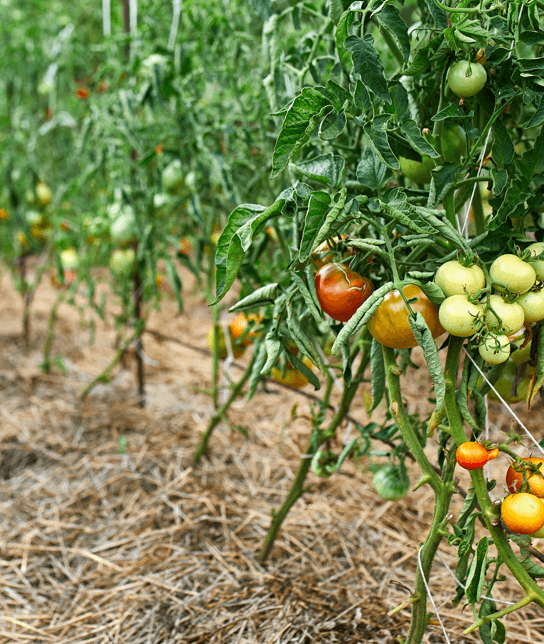
Good or bad? The Grasshoppers' Impact on Your Garden
Noticing grasshoppers among your plants can be both a good and a bad sign. On the positive side, their presence indicates a level of biodiversity in your garden, and they serve as a valuable food source for birds and other beneficial wildlife. Their waste also contributes to soil fertilization.
However, grasshoppers have a significant appetite and can cause considerable damage. They are not picky eaters and can quickly defoliate a variety of plants, chewing through leaves and stems. Young, tender plants are especially vulnerable.
Certain plants are more susceptible to grasshopper damage, including lettuce, beans, corn, and carrots. Fortunately, they tend to avoid plants like tomatoes, squash, and peas. Planting these less-favored options can sometimes deter them.
To protect your more delicate plants without harming the grasshoppers, consider using physical barriers. Row covers usually work well, but areas with more grasshoppers may see lighter materials get chewed through. You can also try planting a "trap crop" of tall grass or other leafy greens around the perimeter of your garden to draw them away from your prized vegetables and flowers. This doesn't have to be complicated, in fact, it can be an excuse to do LESS yard work. If you have a lawn, letting it grow a bit longer and encouraging native grasses can be enough to distract the grasshoppers. A less manicured lawn provides the exact habitat and food source grasshoppers prefer. By allowing this natural space to flourish, you give them a more appealing option, reducing their impact on your garden beds. This approach not only protects your vegetables but also supports a more resilient and balanced local ecosystem.
By understanding their habits, you can take steps to protect your garden while still appreciating the role grasshoppers play in the broader ecosystem.
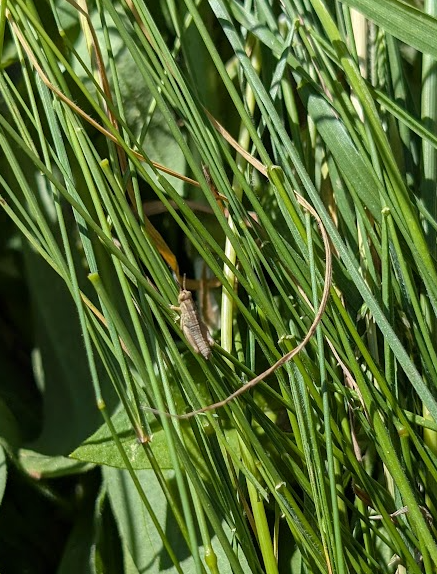
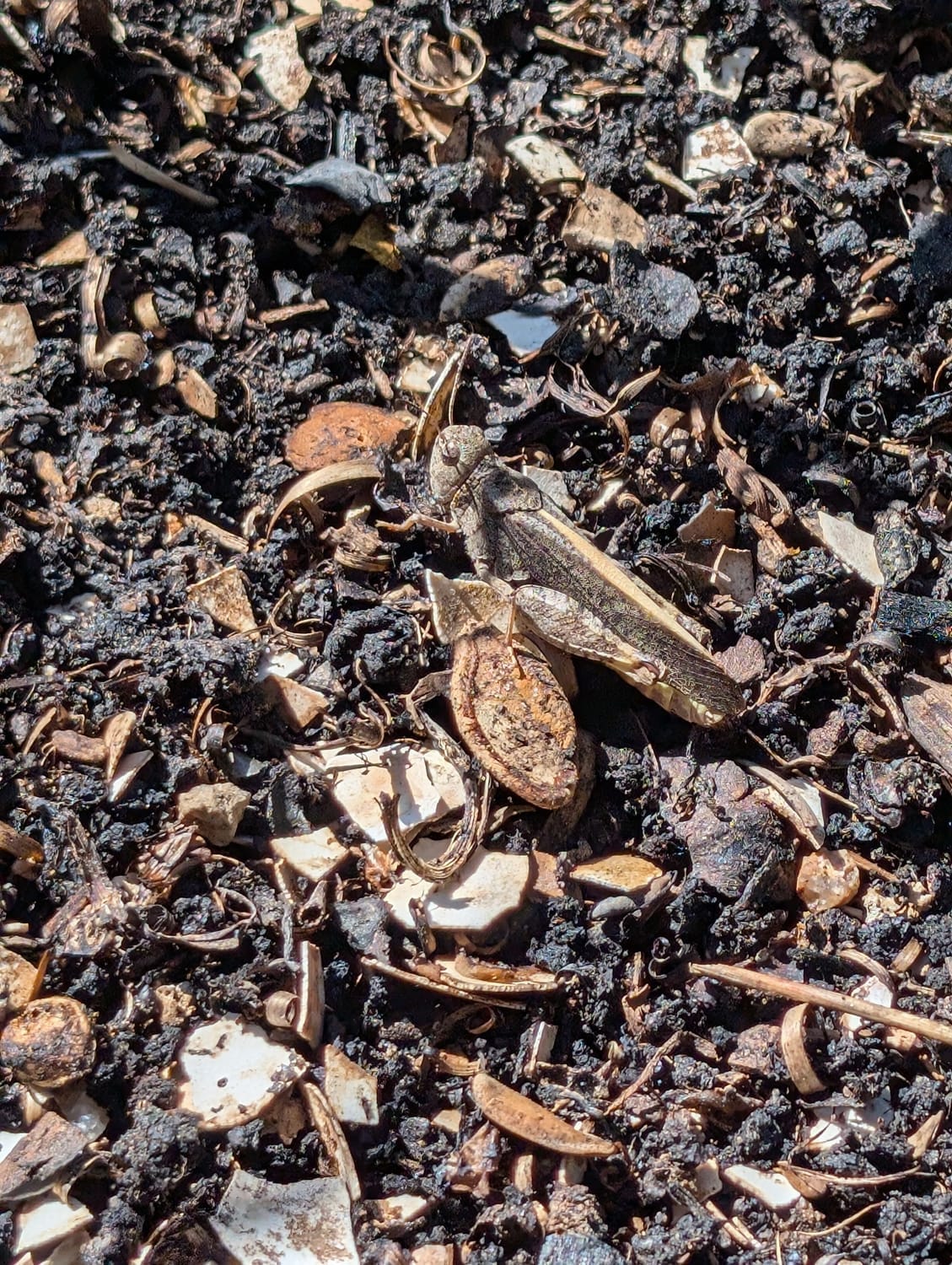
The Living Soil
It’s easy to think of soil as just dirt, but it’s actually a bustling, living ecosystem. Beneath your plants is a complex community called the soil food web, filled with billions of microscopic organisms that are essential for a healthy garden.
Think of this web as your garden's support crew. It includes:
Bacteria and Fungi: These are the primary decomposers. They break down organic material, transforming it into nutrients that your plants can absorb. Fungi create vast networks that help transport water and nutrients directly to plant roots.
Protozoa and Nematodes: These slightly larger microbes feed on bacteria and fungi, releasing the nutrients locked inside them right where plants need them.
Earthworms and Insects: These larger helpers tunnel through the soil, aerating it and mixing organic matter. Their castings are a rich natural fertilizer.
So, how do you build this vibrant underground world? You add compost.
Finished compost is more than just plant food; it’s an inoculation of life. Each handful introduces a diverse population of these beneficial microbes to your garden. They immediately get to work improving soil structure, retaining moisture, and making nutrients available to your plants.
By composting, you're not just feeding your garden, you're building a resilient, self-sustaining ecosystem from the ground up.
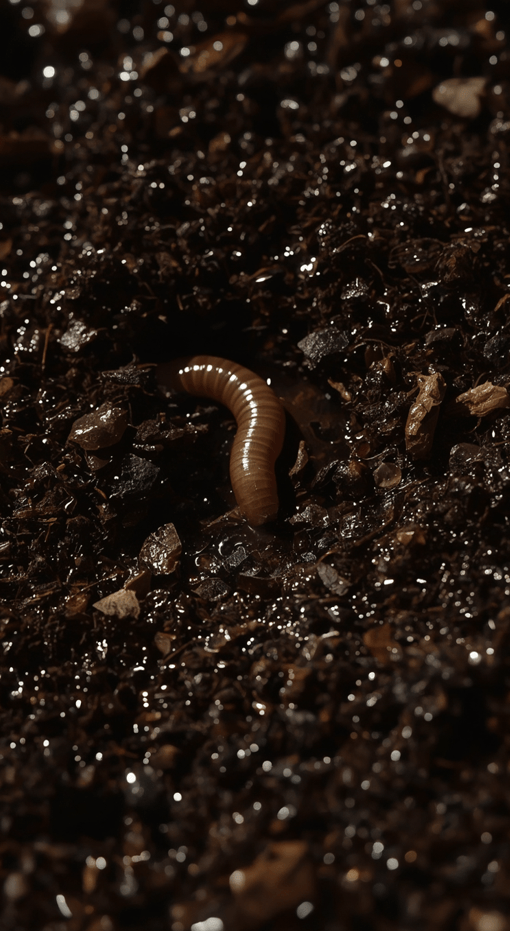
A Smarter Way to Water: Meet the Olla
Looking for a more efficient way to water your garden this summer? An ancient method using clay pots, called ollas (pronounced ‘oy-as’), is a simple and effective solution.
An olla is an unglazed terracotta vessel that you bury in your garden bed, leaving only the neck exposed above the soil. You fill the pot with water, and because the clay is porous, water slowly seeps out directly to the plant roots. The process is passive and brilliant: water is released only when the surrounding soil begins to dry out, providing a consistent source of moisture right where it’s needed.
This underground irrigation is incredibly water-efficient, reducing evaporation by up to 70% compared to surface watering. It encourages plants to grow deeper, more resilient roots and helps prevent fungal diseases by keeping foliage dry.
For gardeners, this means less time spent watering and healthier, more self-sufficient plants. You simply refill the olla every few days, letting this time-tested technology do the rest. It's a fantastic, low-tech tool for any sustainable garden, especially during the peak summer heat.
This is a system of ollas fed from a central bucket. Kay, one of PBC's volunteer community composters, uses this setup in her raised beds. Thanks for sharing Kay!
Free Resources for Your Composting Journey
We believe everyone has the power to make a positive impact on our environment, right from their own backyard. That's why we provide free, accessible resources to help you succeed in composting.
From detailed guides on building your first bin to troubleshooting an existing pile, our goal is to empower you. Our online community forum is a space to connect with fellow composters, share successes, and learn together. These resources are created to support your journey.
Your support keeps this community thriving and our resources free. A donation today directly helps us create more guides, plan future workshops, and expand our reach to help even more people start composting.
Lastly, please share your feedback and questions. We are here to help, and we'd love your input on how best to accomplish that.
Thank you and have an amazing rest of your day!
- The team at Purple Bucket Compost


